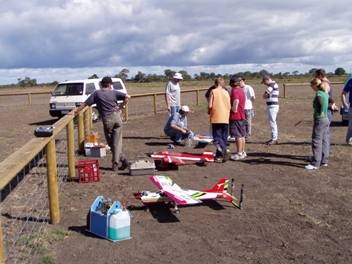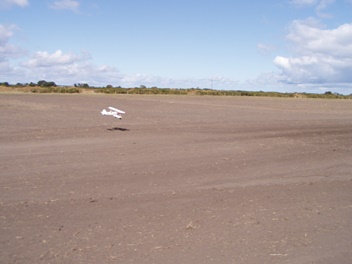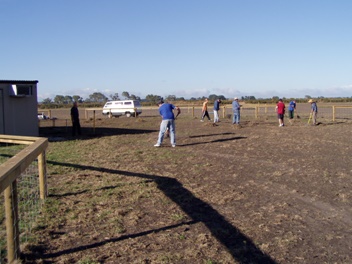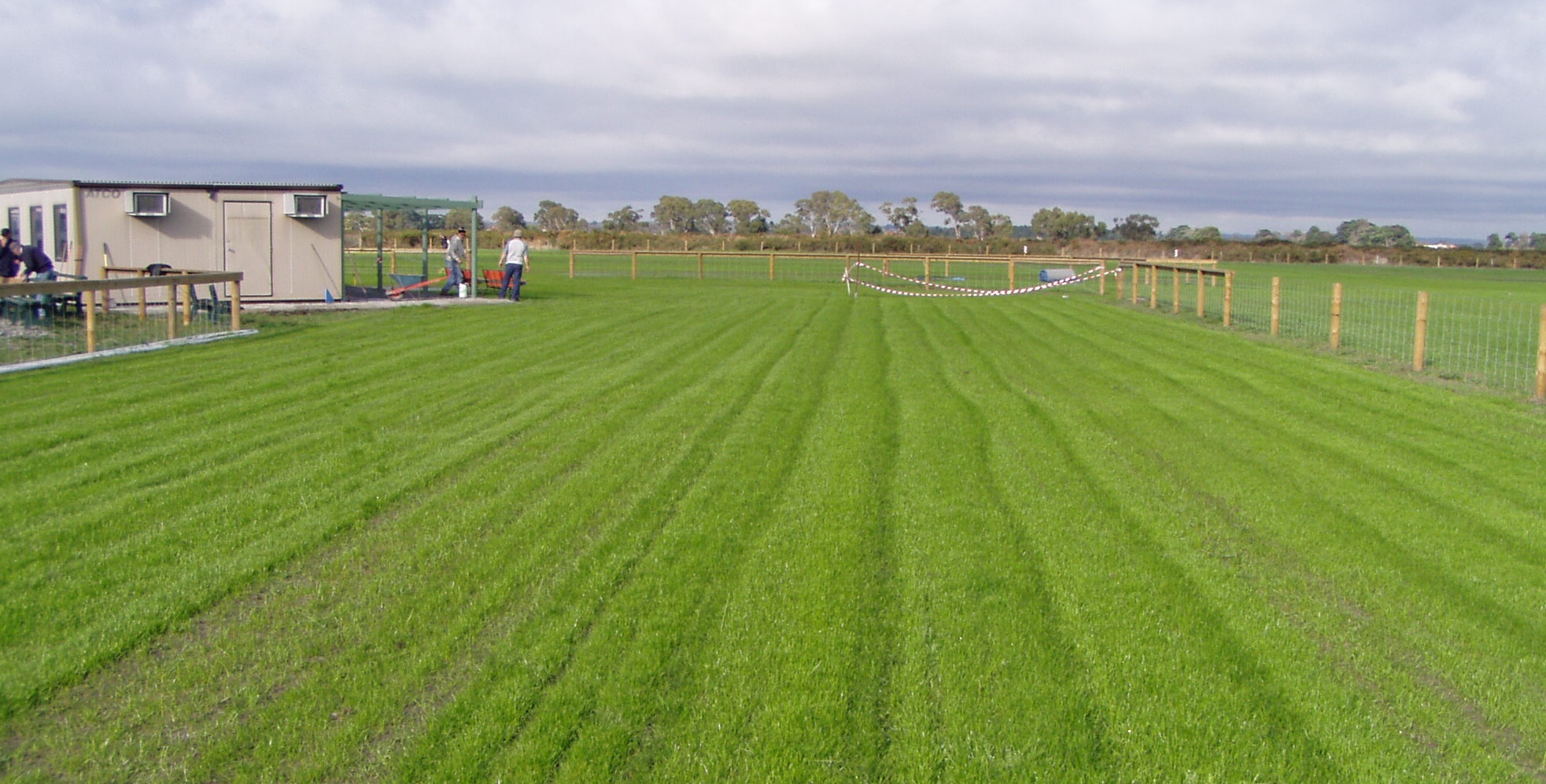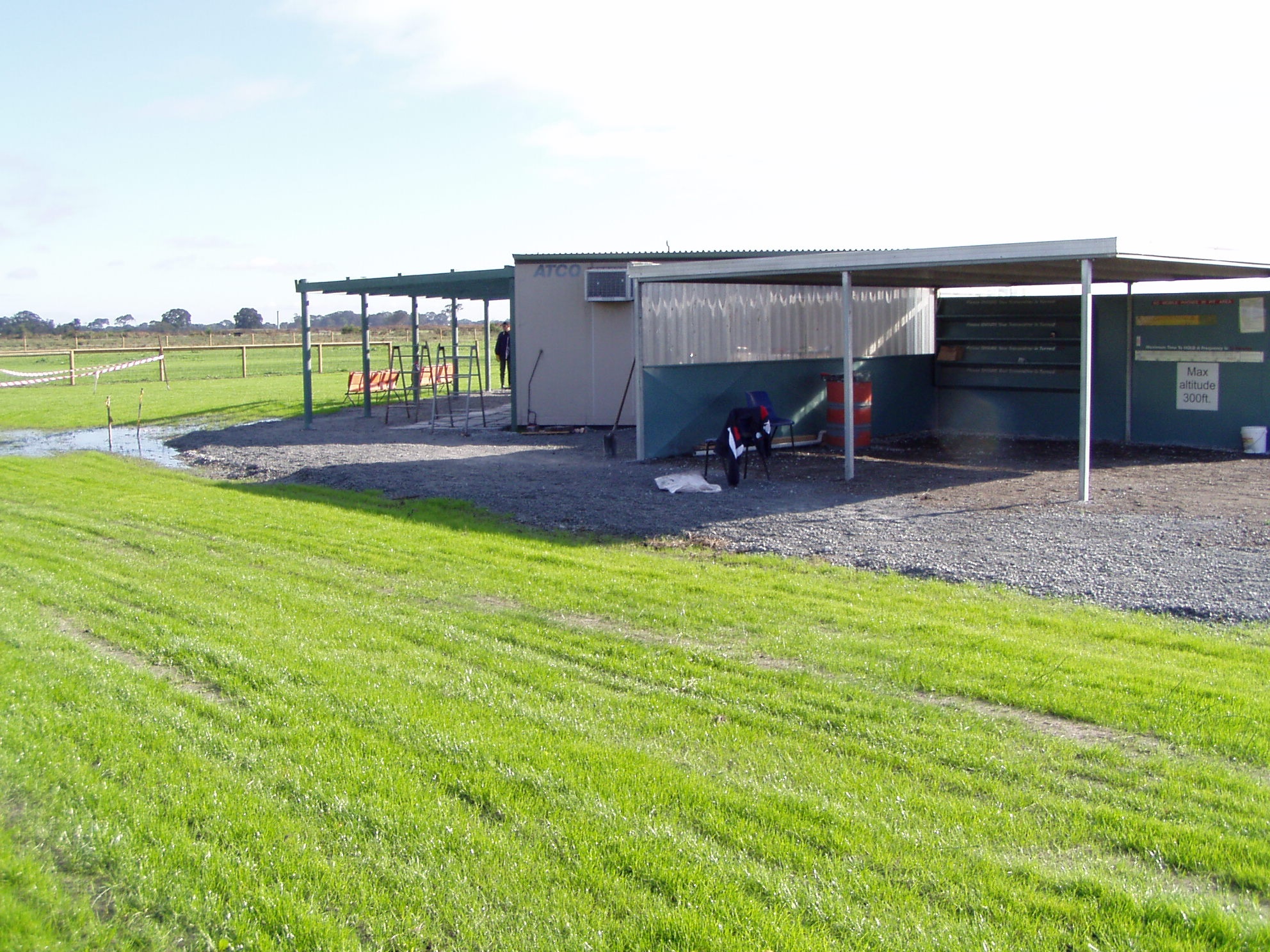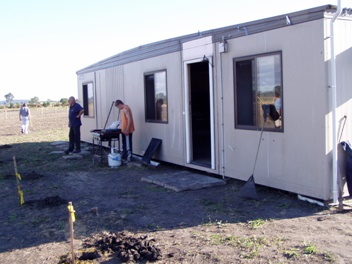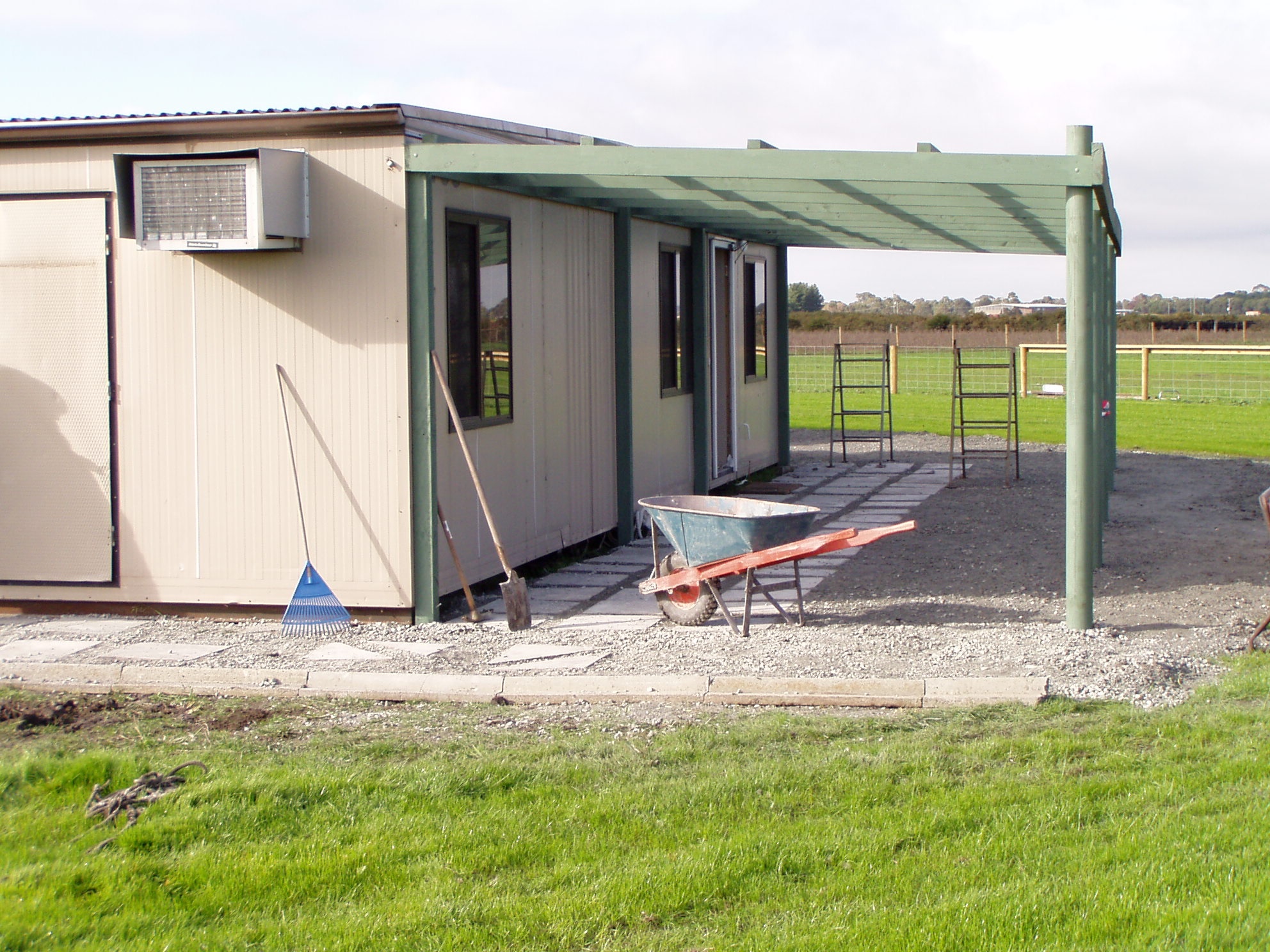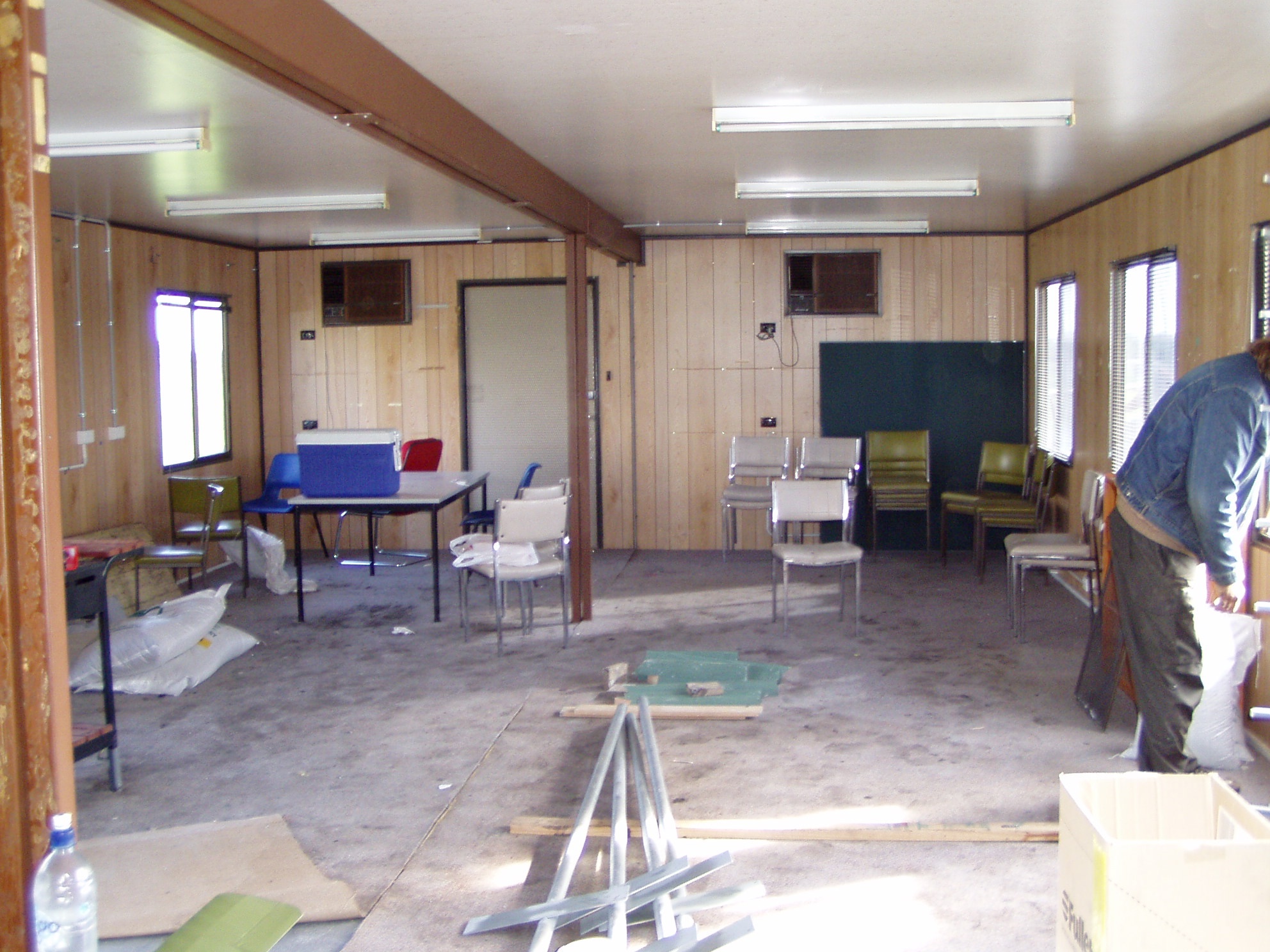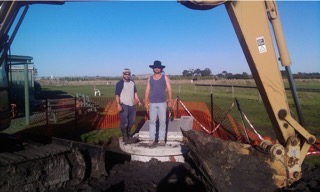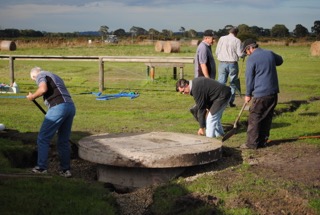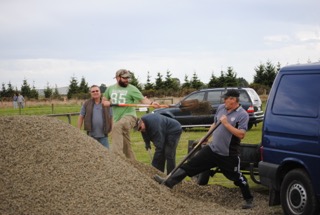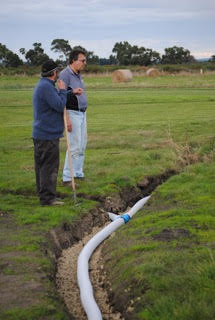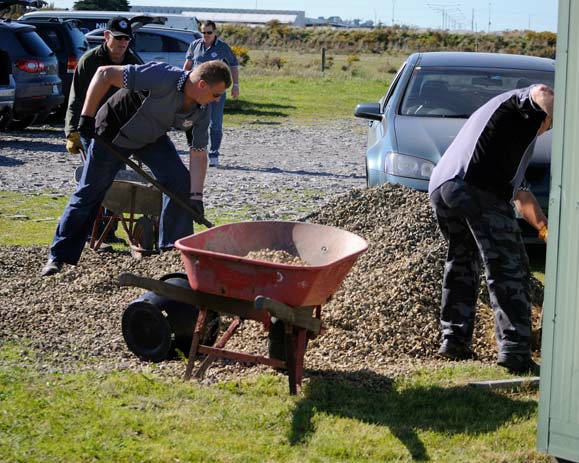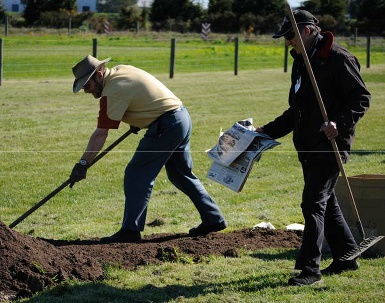SEMAC HISTORY
It all started I’m told (I’m always being told) when a group of guys were flying at Police Paddocks, until they were told to leave because of noise that could be heard at the houses along Stud Rd (super hearing by some people).
The group moved to Council land in Ordish Rd Dandenong, in between the factories where they created runways by laying down old conveyor belt - around 4 metres wide by 75 metres long. The grass used to grow up through the belting and had to be cut off occasionally with wide bladed shovels. The “dunny” was a long drop type on top of a small hill, so you could get a fine view whilst changing the world. Or to relieve yourself you just found a quite spot to stand unwatched. Thankfully there were no camera carrying Quad Copters in those days.
I eventually found them there - the Dandenong Knox Radio Aero Club Ltd. Like now, they were a nice bunch of blokes who wanted just to build and fly model aeroplanes for pleasure, with no competitions to worry about.
Eventually we had to move on again, this time to a paddock at the back of the old GMH factory. No special pit or flight line areas and no runways - we just cut the grass. As there was no wind sock either you just had to lick a finger, hold it up in the air, then reach a consensus on wind direction.
Yet another move saw us at Greens Road Dandenong, on land owned by the then Gas and Fuel Corporation. It was leased out for horses, but the club was allowed to fence off an area and erect proper pit and flight line facilities, along with a shed (our present “cook house”). The horses used to stand at the fence and watch us until they got bored. It was a great spot to fly until the great public asset sell off of the early nineties saw us progressively crowded out by factories (one member put his model through a factory wall). So it was time to leave.
During this time we decided to change our name as DKRAC was no longer appropriate for our club’s geographical location. There were several suggestions, with members at the 2000 AGM settling on SEMAC.
By late 2001 a small triangular paddock on the corner of Worsley and Perry Roads had been found and, after waving some plastic notes at the owner, we had a new field. Our shed was relocated, a new transmitter pound built and erected and reasonable toilet facilities installed.
While space was a little tight, we were able to set up two runways, each about half the size of the ones we have now. With Worsley Rd and a power line on one side and the Eumemmerring Creek at the end of the North-South runway, there were none of those 500 metre radius turns.
Worsley Rd was a good home until, alas, the government decided to build a freeway come tollway through our paddock. We were allowed to fly on Sundays during construction provided they weren’t working, but finally, we had to go. Fortunately our Secretary, the now late Gerry Enery, had the foresight to make sure we had a formal lease and that we were included in the EastLink specification as an organisation that would need to be relocated. The compo we subsequently received helped a lot in setting up our new field.
A new location was on the agenda. I delivered a requirement pamphlet to all the farms south of Dandenong with no result, and and then enquired at the flower farm about the swamp land at the back. After inspection by club members we decided that, with a bit of effort and the use of a grader, we could turn the swamp into a big field.
Buy mid 2006 our new field was nearly ready to go, with our new runways set up and well grassed (banner pic above). Landlord Frank allowed us to fence off off our field, relocate our old green shed and the transmitter pound, and install the ATCO hut. We also obtained from the City of Greater Dandenong a permit to fly at the site. The permit placed numerous restrictions on us, especially with regard to noise levels and the need to fly within our boundaries, which is why we’re very protective of what we have.
Our facilities have been steadily improved over the ten years, one major upgrade being the installation of a decent drainage system - wet feet were no longer the order of the day.
The club still has a friendly attitude. Come down, have a fly and a talk and, on Sunday mornings at least, have a sausage off the BBQ. Pick up your model (or the bits - it does happen) and leave with a smile on your face, not forgetting to close the gates.
Over the journey there have been contributions (sometimes huge) from too many members to name. If you’re new to SEMAC - be aware the effort put in by members to set up and maintain and manage our great club and facility.
Colin Vandersluys & John Andrews
building the drainage system
The drainage system was built under the presidency of Roger Puehl in May 2011 at the suggestion of the committee. The late Ron Paine and past member Peter Short sourced the materials, including the three concrete tubes and the covers which form the pit. They chased all over Melbourne to get the best price including delivery, given the weights involved. The tubes for example came from Epping. A mini excavator was hired to dig the hole for the pit and to lower in the 3 tubes. The pit is about 8 feet deep. The bottom of the pit is dirt with an electric pump with a float switch. This is used to pump the water out and into a trench along the eastern side of the field. Working bees were held over two consecutive weekends to dig the drainage trenches along the areas in the pits and the flightline where water accumulated in winter. All the trenches contain perforated agricultural pipe and are filled with crushed rock, covered with newspaper and back filled with soil. One trench runs around the flightline and then into the pit while three others run from in front of the ATCO and the pits in. All up there is some 150+ meters of trenching. Hardworking SEMAC members turned up over both weekends to get the job done.
Before it was done if there was solid rain there would be a would be a flood and water out on the runways and all the way back to the pits. From the day the system went in it worked and has effectively flood proofed SEMAC - as long as the pit is pumped out when the weather dictates.
Peter Short




